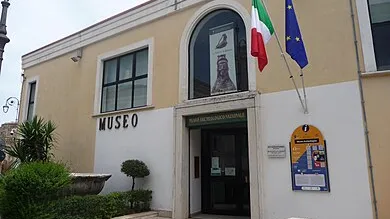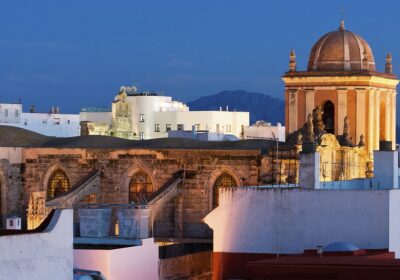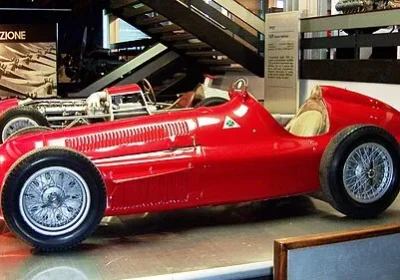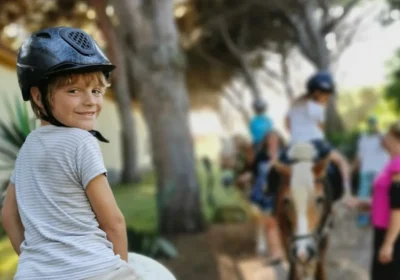Tour 1 National Museum of Greater Greece.
This is the second largest museum, after Berlin, in terms of artefacts from the Greater Greek era. The museum has a very interesting underwater archaeology department, the main exhibit of which is the world-famous bronze figures of warriors from Riace (V BC). The halls of pre-history, protohistory and Palaeolithic are of great interest. In separate halls there are exhibits from Lokri Epidzefiri, an ancient Greek colony (8th century BC). In the numismatic halls there are coins, both Greek and Roman, as well as coins of local Italian tribes, reflecting the history of Calabria.
Tour 2 Bergamot Museum – private museum, visit by prior arrangement.
The museum introduces the history of the production of valuable bergamot oil, used in perfumery, cooking and medicine. This unique fruit grows only in this region of Calabria, along a 120 kilometre stretch of coastline, thanks to the special microclimate and soil. From here it is exported all over the world and the demand is constantly growing. It is the exclusive brand of Reggio Calabria, on a par with the Bronze Figures from Riice in the Museum next door. Here at the Bergamot Museum you can taste dishes based on bergamot, have lunch or dinner in the restaurant and buy souvenirs made from bergamot.
Tour 3 National Archaeological Museum of Locri Epidzefiri.
The museum displays finds from the necropolis, sanctuaries and objects discovered in the archaeological area of the “Hundred Rooms” (Centocamere). The artefacts date back to the period between the 7th and 3rd centuries B.C. The museum exhibit testifies to the Greek presence in Calabria, the Lokroi colony, founded in the 7th century B.C., which, by spreading inland, led to a process of social, cultural and artistic evolution. The museum offers a truly impressive journey along the exposition of the history of the Greek colony in the Calabria region.
Tour 4 Vibo Valentia State Archaeological Museum.
The museum is named after Count Vibo Capialbi, a scientist and outstanding archaeologist. The museum is located in the Norman-Swabian Castle, built by Roger Norman on the site where the ancient Greek city of Hipponium once stood. Founded as a fortress, it became the lord’s house after conquest by the Pignatelli family. Restored by the General Directorate of Environmental, Architectural, Artistic and Historical Heritage of Calabria, it has been home to a museum since 1995.
Tour 5 Musaba – Santa Barbara Museum
The open-air museum is a true science park with a strong interactive programme, which turns it into an artistic laboratory. Musaba offers a rare opportunity to engage with different kinds of historical presences. They have been preserved and restored, forming a unique environment with a convergence of values and historical evidence of the ancient peoples who inhabited the area. Fantastic legends nourish the history of this remote region of Italy, like Homer’s Scylla and Charybdis, the Norman legend of the Fairy Morgan. Shifting peoples and civilisations: Phoenicians, Greeks, Romans, Arabs, Swabians and Aragonese, mingling with the indigenous Italians, have left a unique artistic, architectural and ecological heritage.

















